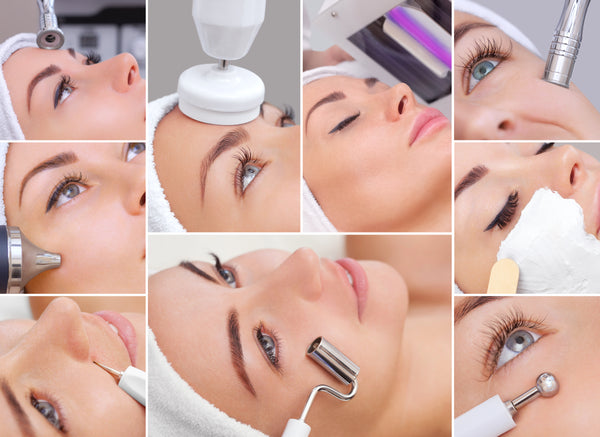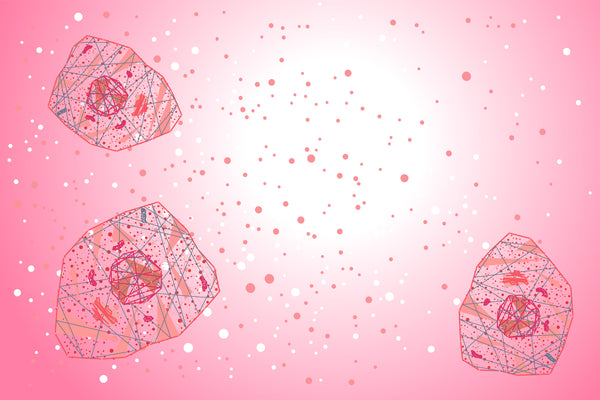Have you ever wondered how accelerated aging occurs? There are several processes that happen with intrinsic aging including a slower cell turnover, lack of collagen and elastin, less oil production, and loss of subcutaneous fat to name a few. These age-related occurrences are accelerated by external factors, leaving the look of dull, fatigued, dry, wrinkled skin. Following, are a few reactions that occur on a cellular level resulting in accelerated aging.
Reactive Oxygen Species (ROS)
Reactive oxygen species, or ROS, a type of free radical, are probably the most discussed contributing factor to aging skin. It is well known that free radicals are harmful to cells, and the use of antioxidants is necessary. Free radicals are atoms, molecules, or ions with unpaired electrons that are highly reactive and cause cell damage. ROS are free radicals containing oxygen. As these molecules are necessary for cellular communication, an increase causes oxidative stress which creates damage to DNA in cells, proteins, and enzymes. ROS can also produce inflammation, resulting in cross-linking of collagen and elastin.
Advanced Glycation End-Products (AGEs)
Glycation is the result of a sugar molecule, such as glucose, binding to a fat or protein without the controlling action of an enzyme. Although glycation occurs naturally with aging, this process is heightened when a person introduces excess sugar into their diet. When we eat sugar, it causes levels of glucose in the bloodstream to rise. This process forms advanced glycation end-products, or AGEs. AGEs cause cross-linking of fibers, including collagen and elastin, to become stiff and immobile, leading to the visible signs of aging. Wrinkles caused by glycation have a cross-hatched appearance and are most apparent around the eyes and mouth. AGEs also form a complex called Receptor-AGE (RAGE) that contributes to inflammation and increased formation of free radicals, further damaging the skin.
Matrix Metalloproteinase (MMPs)
There has been a lot of focus on the effects of matrix metalloproteinase (MMPs) on aging skin. MMPs are necessary enzymes in human skin that aid in the breakdown and removal of damaged proteins. For instance, collagenase is an enzyme that breaks down damaged collagen so the body can replace it with healthy collagen, a process known as neocollagenesis. As most of the body works under the theory of checks and balances, overproduction of MMPs can be harmful to proteins. MMPs are heightened by extrinsic factors and eventually these enzymes will break down healthy collagen and elastin.
What can we do to slow down these damaging cellular effects? Internally, limiting unhealthy sun exposure, regular exercise, refraining from smoking, having a healthy diet, and reducing stress are all great ways to halt accelerated aging. Topically, the use of sunscreen and antioxidants including resveratrol, EGCG, vitamins A, C and E, and centella asiatica have been shown to help control the destruction to cells. Overall, it is important to discuss multiple ways to slow down the visible signs of aging with your clients for optimal results.



0 comments